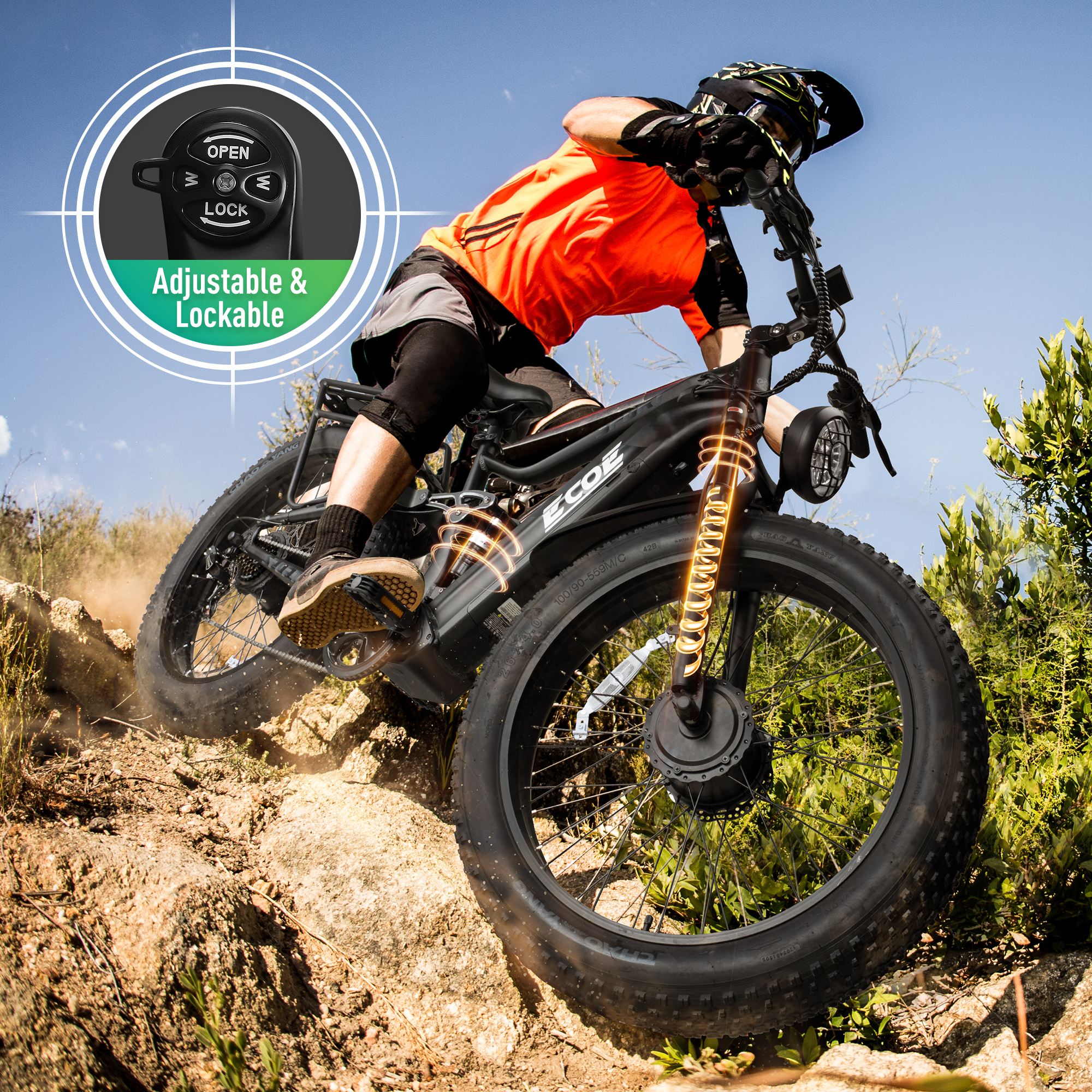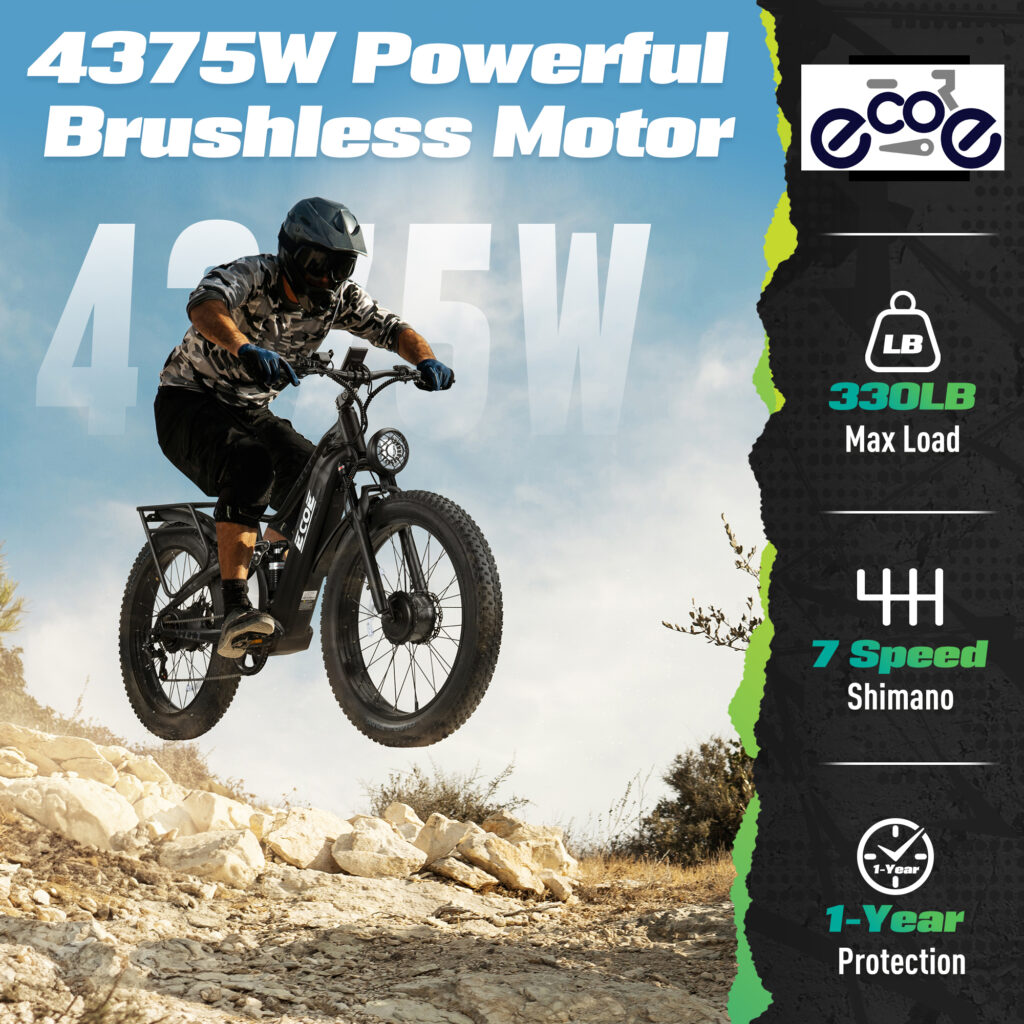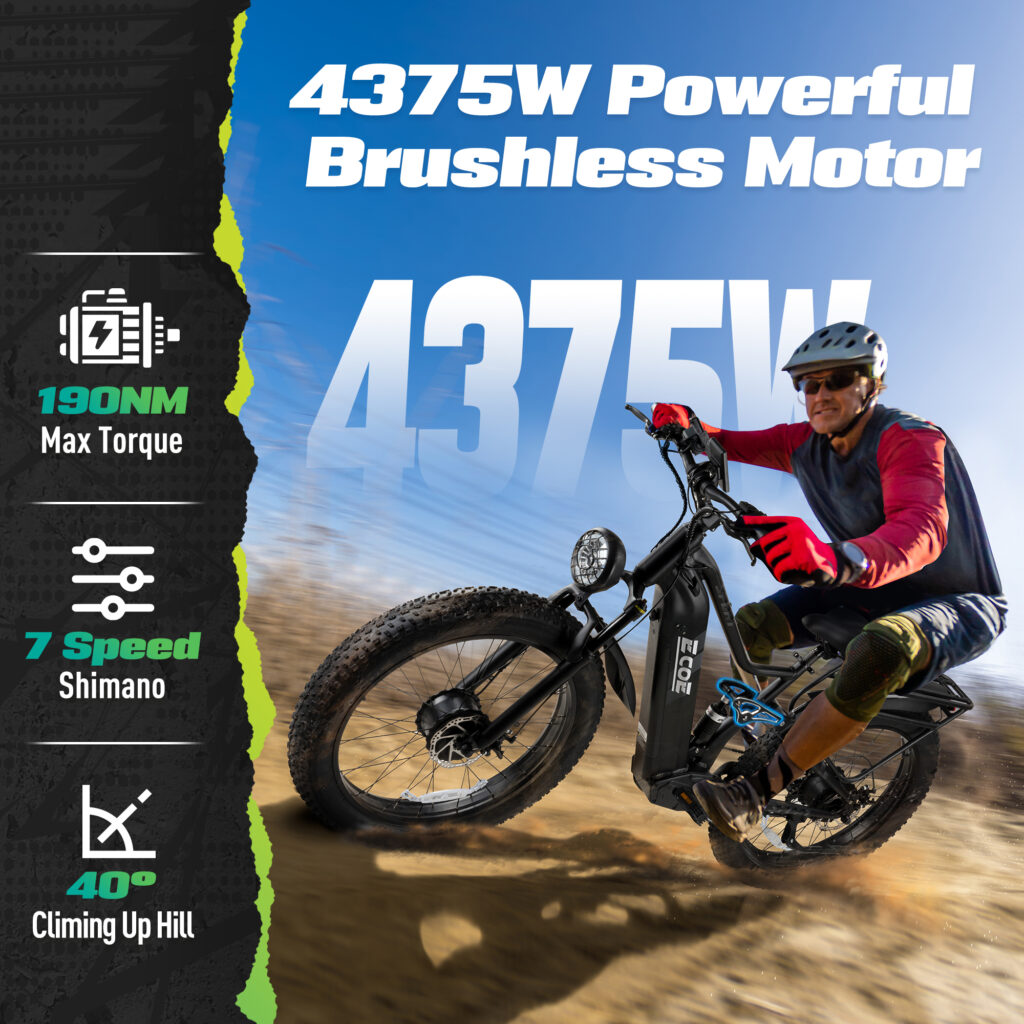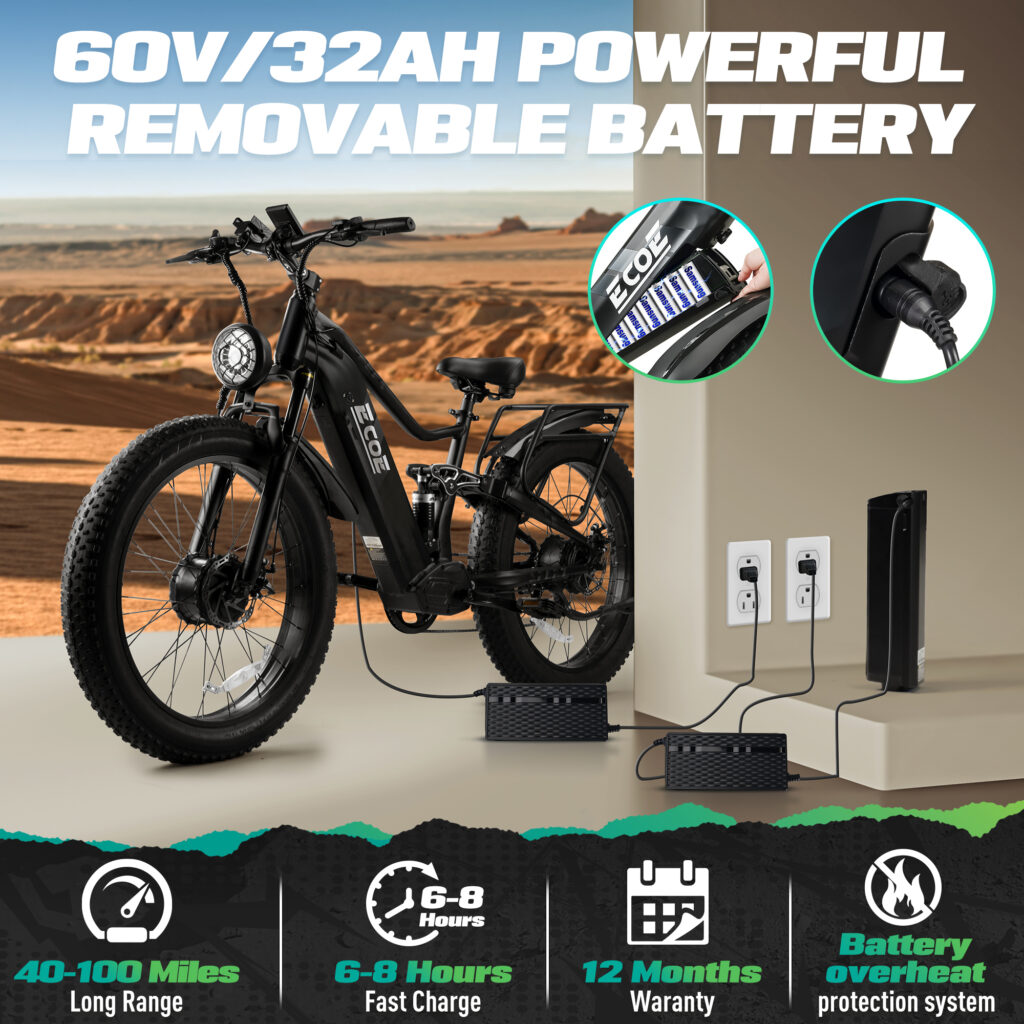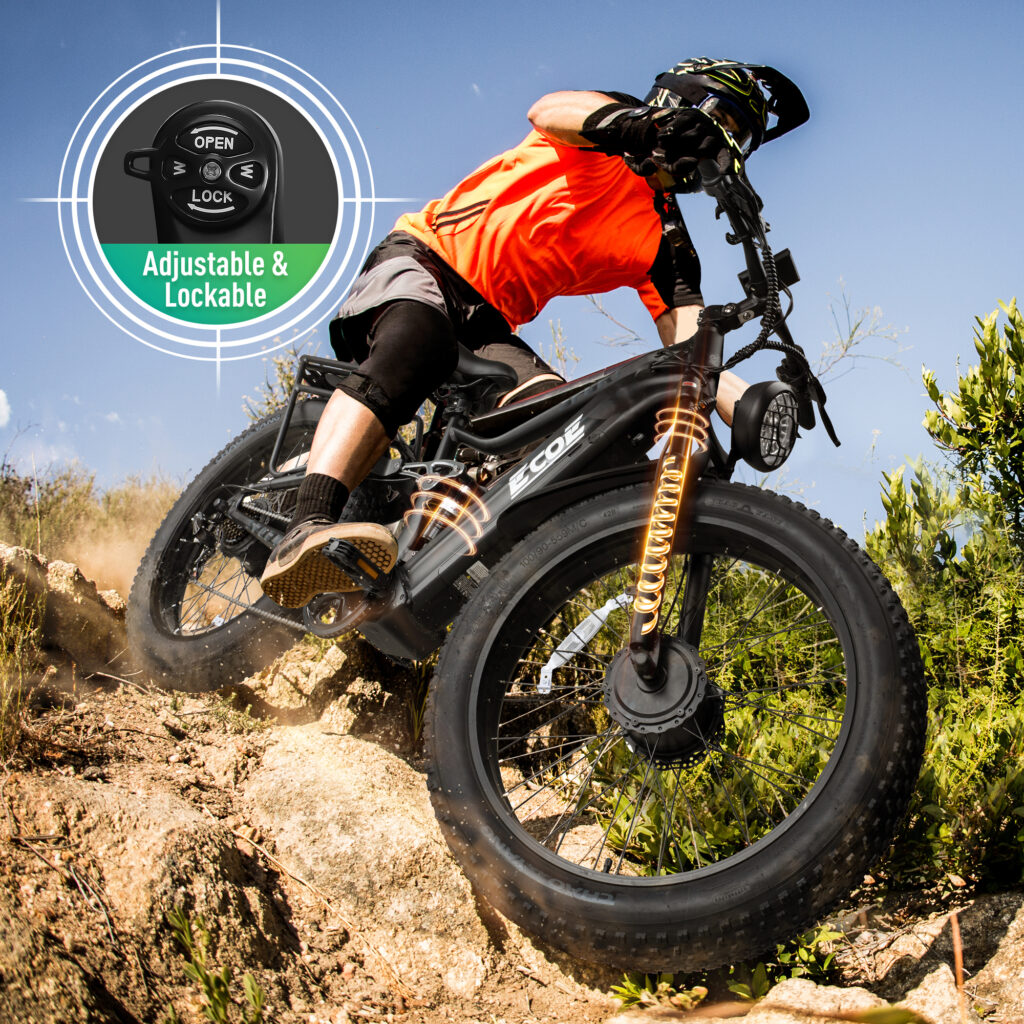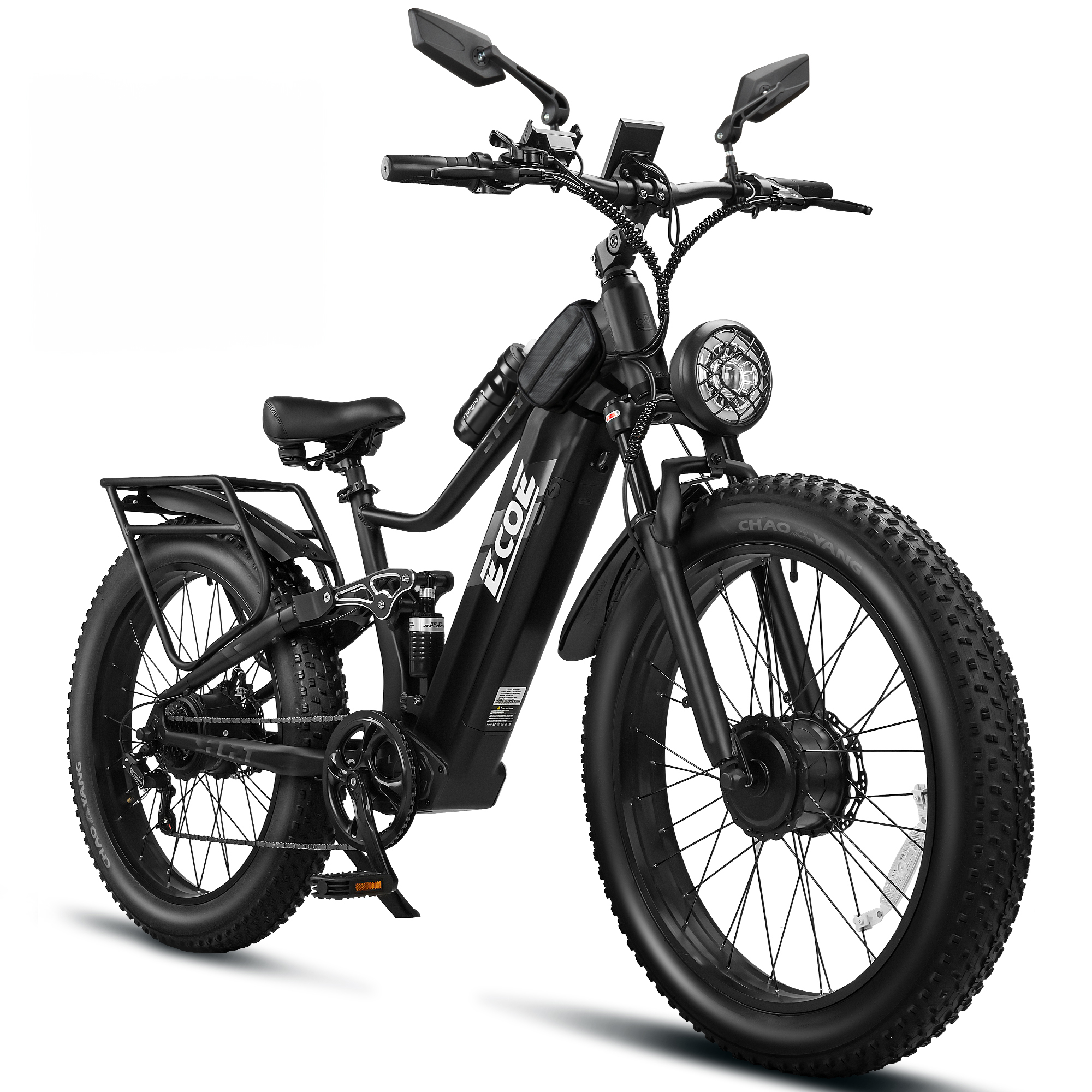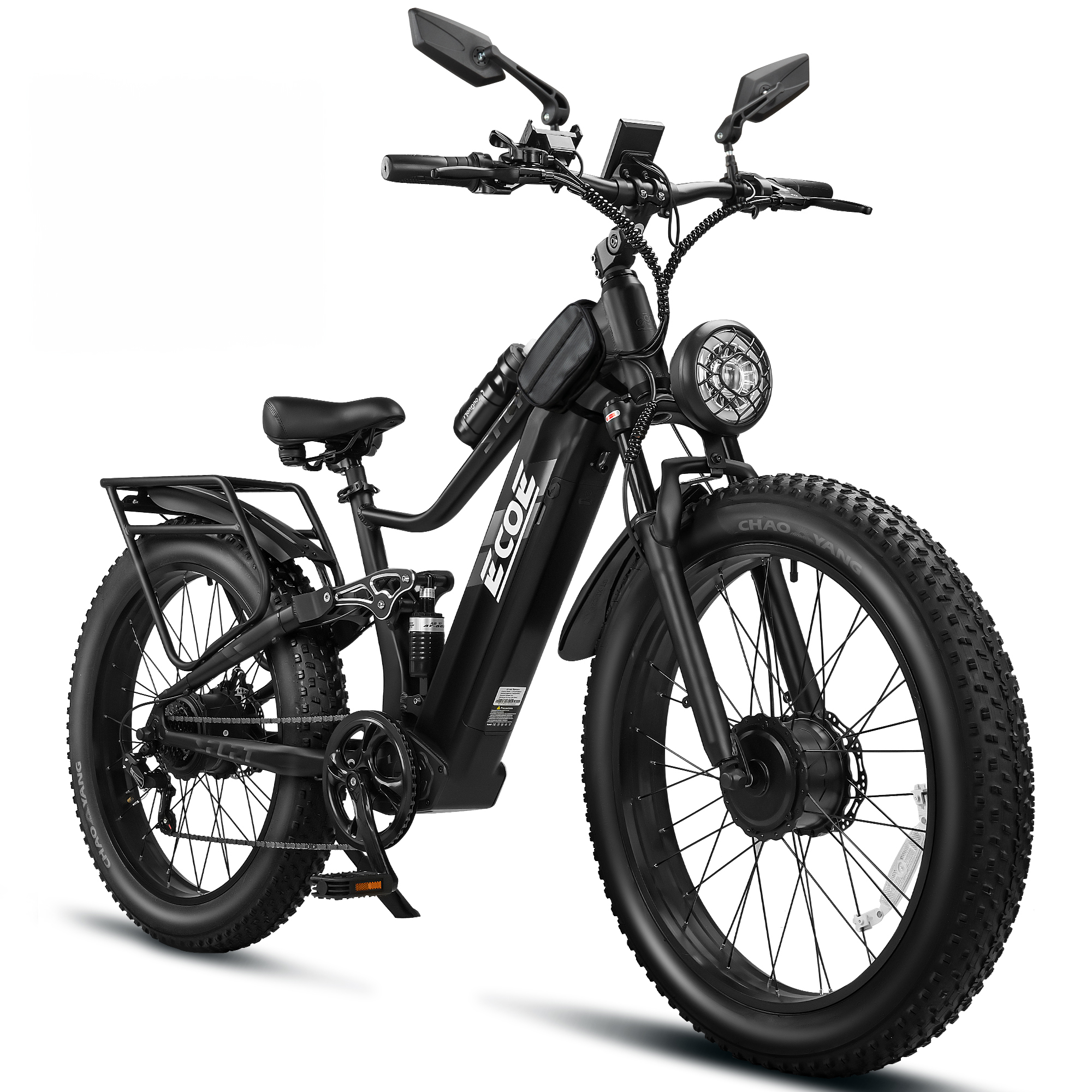
Apr 16, 2025
|
0 comments
How fast can electric bikes legally go
As a convenient mode of transportation, the speed limits of electric bicycles have always been a focal point of public attention. This article will explore the legal speed limits for electric bicycles and, combined with practical cases, analyze the speed regulations under different scenarios. I. Legal Speed Limits for Electric Bicycles According to U.S. regulations, the speed limits for electric bicycles vary by type. Class 1 and Class 2 electric bicycles typically have a maximum speed limit of 20 miles per hour (approximately 32 kilometers per hour), while Class 3 electric bicycles (also known as speed-assisted bicycles) can reach a maximum speed of 28 miles per hour (approximately 45 kilometers per hour). These speed limits are designed to reduce traffic casualties and protect the life and property safety of the public. II. Actual Speed Usage Despite clear legal provisions, speeding on electric bicycles is still relatively common in practice. Many electric bicycles can achieve higher speeds through modifications or speed limit removals. For example, some electric bicycles can reach speeds of 35 miles per hour or even higher after the speed limit is removed. This speeding behavior not only violates the law but also increases the risk of traffic accidents. III. Speed and Safety of Electric Bicycles Excessive speed is one of the main factors causing traffic accidents. Research indicates that the higher the speed, the greater the probability of an accident, and the braking distance correspondingly increases. Therefore, adhering to speed limits is not only a legal requirement but also an essential measure to ensure the safety of oneself and others. IV. Speed and Range of Electric Bicycles Speed not only affects safety but also impacts the range of electric bicycles. Generally, the faster the speed, the quicker the battery consumption, and the shorter the range. For example, when […]
Read more

Apr 16, 2025
|
0 comments
What is the maximum speed of an electric bike
The maximum speed of an electric bike varies depending on factors such as motor power, battery capacity, and local regulations. While some e-bikes are designed for high-speed performance, others are limited by legal restrictions to ensure safety。In this article, we will explore the speed limits of different types of e-bikes and the factors that influence their performance. Understanding the Speed Limits Electric bikes, like any other type of vehicle, are regulated by specific laws and regulations. In the United States, for example, the maximum speed for an electric bike is usually limited to 20 mph。However, some high-performance models can reach speeds of up to 28 mph or even higher.It is important to note that riding an e-bike over the legal speed limit can result in fines or other legal consequences. Factors Affecting Speed The speed of an electric bike is influenced by several factors, including motor power, battery capacity, and the weight of the rider。For instance, a 5000W motor can theoretically reach speeds in the range of 50mph。However, the actual speed may vary depending on the specific model and conditions. High-Performance Models Some e-bikes are designed for high-speed performance. For example, the Stealth B-52 can reach top speeds of up to 50mph。These models often come with powerful motors and advanced features such as motorcycle-grade brakes。However, such high speeds may not be suitable for all riders and conditions. Safety Considerations While high speed can be thrilling, it also comes with risks. According to a study, the higher the speed, the greater the risk of accidents。Therefore, it is important to prioritize safety when choosing an e-bike。This includes not only following legal speed limits but also ensuring that the bike is equipped with proper safety features such as good brakes and lights. Personal Experience and Feedback We recently tested several high-powered e-bikes, including […]
Read more
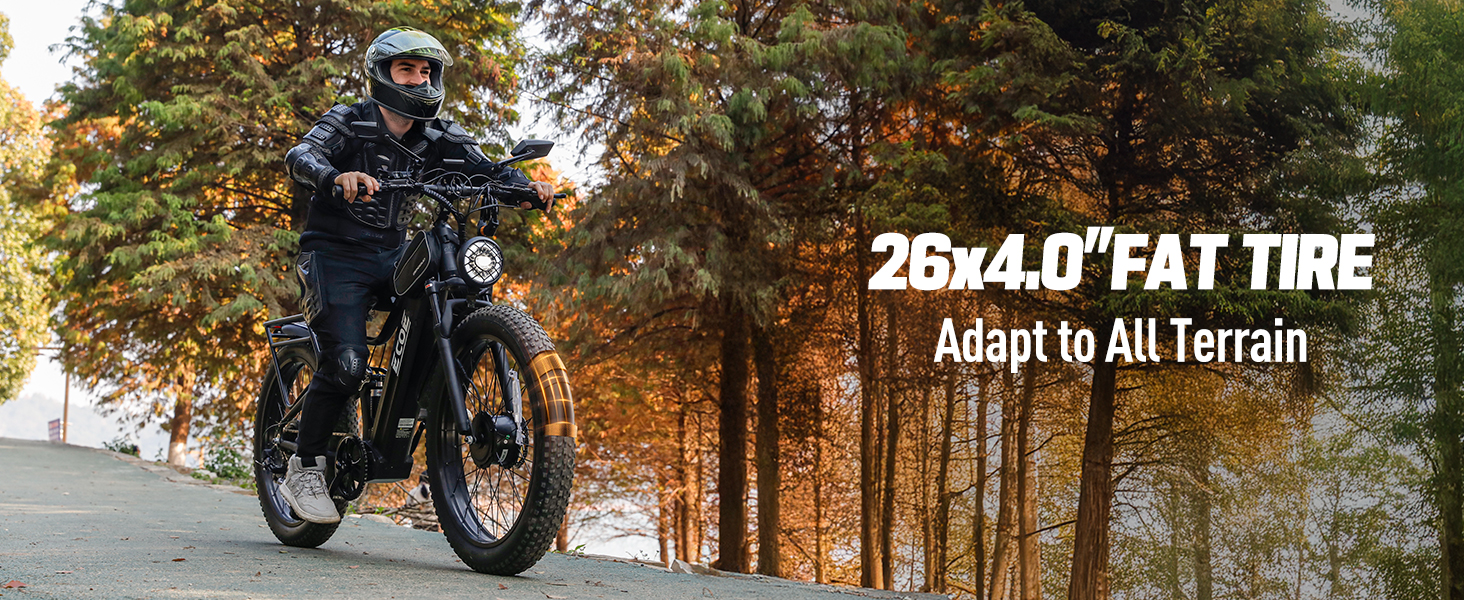
Apr 16, 2025
|
0 comments
Maximum Speed and Technical Realization of Electric Bicycles in China
The EcoE 5000W electric bike Powerful Motor: EcoE is equipped with a 60V 5000W high-speed brushless motor. Due to different loads and road conditions, the electric bike drive system provides adjustable assistance, allowing you to stay healthy, relax, and exercise.Accessories: This electric bike accessory set includes a rearview mirror, water bottle holder and bottle, a sturdy phone mount, and a waterproof phone pouch. The reinforced cargo rack allows you to easily carry extra items needed for your ride. Additionally, if you need more accessories, you can purchase a detachable storage rack, passenger safety seat, trailer, and more.60V 32AH Battery: The bike is equipped with a high-capacity, removable 32AH battery, providing longer range per charge and over 1000 charge cycles. With pedal assist, the fat tire e-bike can travel 35-80 miles, depending on riding mode, load, and terrain. You can also purchase a spare battery for extended trips.Comfort and Versatility: This fat tire electric bike comes with dual front suspension and rear shocks to reduce impact and strain during rides. Its 26-inch wheels, 4-inch tires, and SHIM 7-speed system offer excellent grip across diverse terrains. Front and rear disc brakes ensure safe, responsive stopping, whether on mountain trails or city streets. – 1. Legal Speed Limit and Classification Standards According to the Technical Safety Specifications for Electric Bicycles (GB 17761—2024) effective September 1, 2025, the maximum design speed of legal electric bicycles shall not exceed 25 km/h, and the motor will automatically stop power supply when exceeding this speed 23. This standard is enforced through: 2. Illegal Modification Speed Range and Techniques Despite regulations, some users modify vehicles to achieve 40-100 km/h, posing severe risks 56. Common modifications include: Modified Component Typical Parameters Speed Increase Risk Level Motor 1000-5000W (original 400W) +20-80 km/h ★★★★☆ Battery 72V 30Ah lithium (original 48V) +15-30 km/h ★★★★★ Controller Disable speed limit module +10-20 km/h ★★★☆☆ […]
Read more
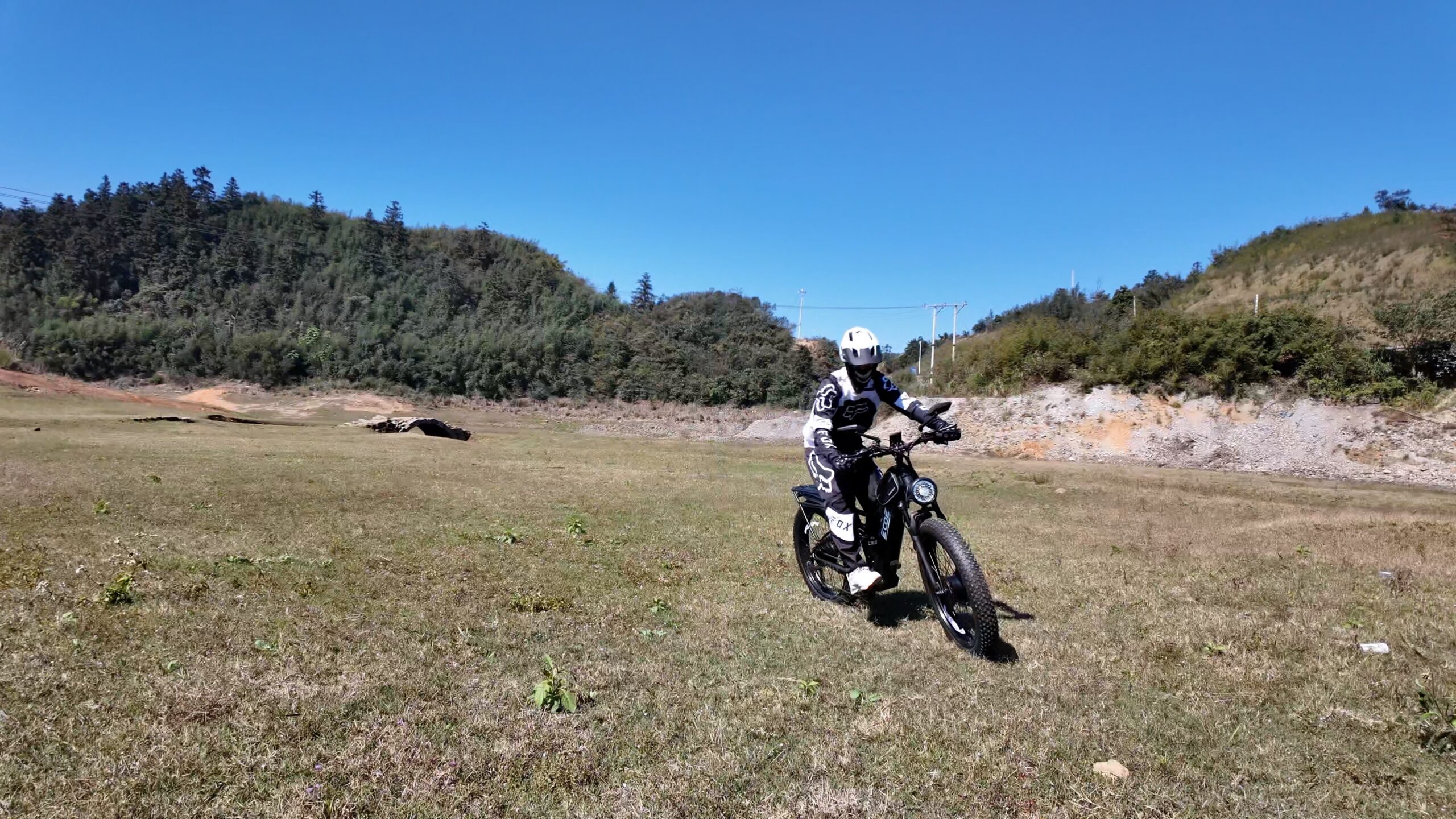
Apr 16, 2025
|
0 comments
Development History of Maximum Speed for Electric Bicycles (2020s–2025)
The EcoE 5000W electric bike Powerful Motor: EcoE is equipped with a 60V 5000W high-speed brushless motor. Due to different loads and road conditions, the electric bike drive system provides adjustable assistance, allowing you to stay healthy, relax, and exercise.Accessories: This electric bike accessory set includes a rearview mirror, water bottle holder and bottle, a sturdy phone mount, and a waterproof phone pouch. The reinforced cargo rack allows you to easily carry extra items needed for your ride. Additionally, if you need more accessories, you can purchase a detachable storage rack, passenger safety seat, trailer, and more.60V 32AH Battery: The bike is equipped with a high-capacity, removable 32AH battery, providing longer range per charge and over 1000 charge cycles. With pedal assist, the fat tire e-bike can travel 35-80 miles, depending on riding mode, load, and terrain. You can also purchase a spare battery for extended trips.Comfort and Versatility: This fat tire electric bike comes with dual front suspension and rear shocks to reduce impact and strain during rides. Its 26-inch wheels, 4-inch tires, and SHIM 7-speed system offer excellent grip across diverse terrains. Front and rear disc brakes ensure safe, responsive stopping, whether on mountain trails or city streets. – 2020–2023: Policy Tightening and Market Competition 2024–2025: Technological Breakthroughs and Regulatory Upgrades Period Technical Advancements Max Speed (km/h) Notable Models/Regulations Impact & Significance 2020 New National Standard enforced 25 (legal)40–80 (modified) Hello, Yadea compliant models Market consolidation, SME exits 2022 Lithium battery to ¥300/set 30 (lightweight) Ninebot E Series Urban commuters rose to 65% 2023 Smart speed-limit chips widespread 25 (locked) Ninebot F0 Series Modification market shrank 30% 2024 Sodium-ion batteries trial 35 (prototype) CATL×Yadea collaboration 100 km range, policy-limited speed 2025 Anti-tampering design mandate 25 (legal) GB17761-2024 compliant models Top 5 brands hold 75% market share
Read more
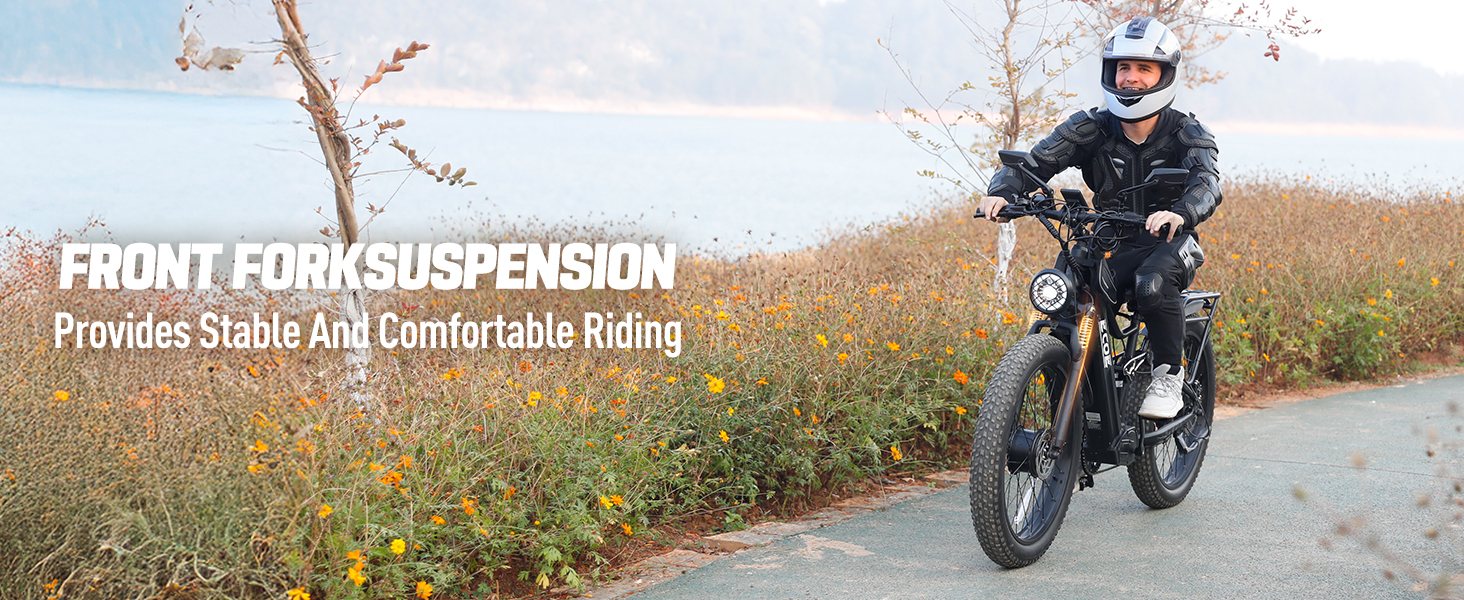
Apr 15, 2025
|
0 comments
How Fast Can I Go on My E-Bike? Understanding Speed Limits and Factors
Electric bikes, or e-bikes, have become increasingly popular as an alternative mode of transport, offering convenience, speed, and eco-friendliness. One of the most common questions from riders is: “How fast can I go on my e-bike?” In this article, we’ll explore the factors that determine an e-bike’s speed, including motor power, battery capacity, legal restrictions, and more. Whether you’re using an e-bike for daily commuting or recreational purposes, understanding these factors will help you get the most out of your ride. When it comes to e-bike speed, several factors come into play. Generally, the top speed of an e-bike is determined by its motor power, battery capacity, and legal restrictions. Most e-bikes, especially those designed for commuting or recreational use, will have a maximum speed of around 20 mph (32 km/h) to 28 mph (45 km/h), depending on the classification of the e-bike and where it’s being used. For example, Class 1 e-bikes, which only provide pedal assistance without throttle control, are typically limited to 20 mph (32 km/h) in most regions. Meanwhile, Class 3 e-bikes, which are pedal-assist bikes with throttle capabilities, can go up to 28 mph (45 km/h). However, there are some high-performance e-bikes, like those with 5000W motors from brands like Ecoe, that can exceed these limits in specific conditions. One of the primary factors that affect how fast you can go on your e-bike is its motor power. E-bikes come with motors that typically range from 250W to 5000W, with 500W to 750W motors being the most common in mid-range bikes. The power of the motor directly influences the acceleration and top speed of the bike, allowing more powerful models to sustain higher speeds more easily. However, these high-powered bikes are usually not allowed to travel at such high speeds in certain areas unless special […]
Read more
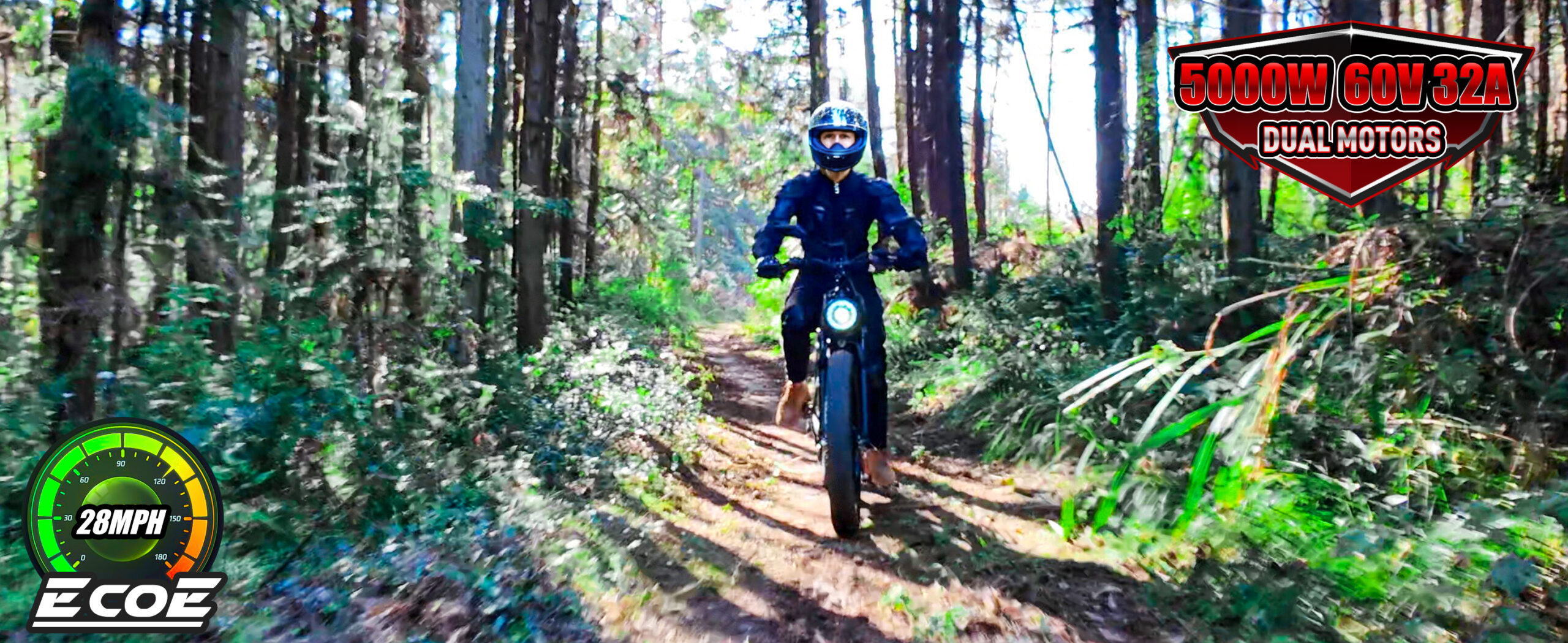
Apr 15, 2025
|
0 comments
History of E-Bike Maximum Speed (2000s–2010s)
The EcoE 5000W electric bike Powerful Motor: EcoE is equipped with a 60V 5000W high-speed brushless motor. Due to different loads and road conditions, the electric bike drive system provides adjustable assistance, allowing you to stay healthy, relax, and exercise.Accessories: This electric bike accessory set includes a rearview mirror, water bottle holder and bottle, a sturdy phone mount, and a waterproof phone pouch. The reinforced cargo rack allows you to easily carry extra items needed for your ride. Additionally, if you need more accessories, you can purchase a detachable storage rack, passenger safety seat, trailer, and more.60V 32AH Battery: The bike is equipped with a high-capacity, removable 32AH battery, providing longer range per charge and over 1000 charge cycles. With pedal assist, the fat tire e-bike can travel 35-80 miles, depending on riding mode, load, and terrain. You can also purchase a spare battery for extended trips.Comfort and Versatility: This fat tire electric bike comes with dual front suspension and rear shocks to reduce impact and strain during rides. Its 26-inch wheels, 4-inch tires, and SHIM 7-speed system offer excellent grip across diverse terrains. Front and rear disc brakes ensure safe, responsive stopping, whether on mountain trails or city streets. – The 2000s to 2010s marked rapid advancements in e-bike technology, driven by mass production in China and global demand. Despite increasing regulatory speed limits, technological innovations and market needs pushed performance improvements, while illegal modifications became widespread. Key phases include: Table: Key Milestones & Speed Evolution Year Event/Policy Max Speed (km/h) Technical/Market Features 2000 Mass Production in China 20 Lead-acid batteries, hub motors 2004 GB 17761-1999 Enforcement 20 (regulated) Standardization of speed limits 2005 Brushless Motor Adoption 25 (actual) Efficiency improvements, speed bypass 2007 Market Boom 35-40 (modified) Widespread illegal modifications 2010 New Standard Draft 25 (proposed) Policy-market tensions intensify 2013 Lithium Battery […]
Read more
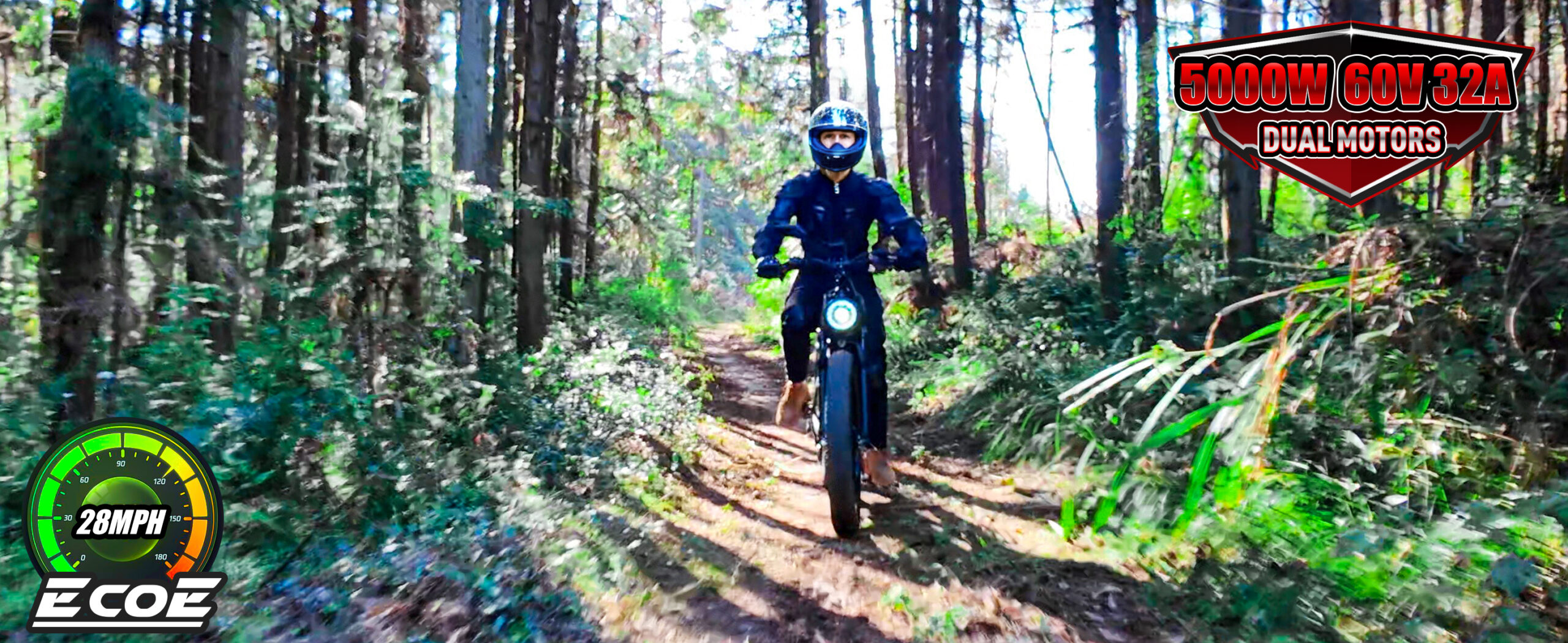
Apr 15, 2025
|
0 comments
Development History of Maximum Speed for Electric Bicycles (1960s–1990s)
The EcoE 5000W electric bike Powerful Motor: EcoE is equipped with a 60V 5000W high-speed brushless motor. Due to different loads and road conditions, the electric bike drive system provides adjustable assistance, allowing you to stay healthy, relax, and exercise.Accessories: This electric bike accessory set includes a rearview mirror, water bottle holder and bottle, a sturdy phone mount, and a waterproof phone pouch. The reinforced cargo rack allows you to easily carry extra items needed for your ride. Additionally, if you need more accessories, you can purchase a detachable storage rack, passenger safety seat, trailer, and more.60V 32AH Battery: The bike is equipped with a high-capacity, removable 32AH battery, providing longer range per charge and over 1000 charge cycles. With pedal assist, the fat tire e-bike can travel 35-80 miles, depending on riding mode, load, and terrain. You can also purchase a spare battery for extended trips.Comfort and Versatility: This fat tire electric bike comes with dual front suspension and rear shocks to reduce impact and strain during rides. Its 26-inch wheels, 4-inch tires, and SHIM 7-speed system offer excellent grip across diverse terrains. Front and rear disc brakes ensure safe, responsive stopping, whether on mountain trails or city streets. – 1960s–1970s: Experimental Exploration 1980s: Commercialization and Technical Improvements 1990s: Technological Leap and Market Emergence 表格:关键发展节点(1960s–1990s) Period Technical Advancements Max Speed (km/h) Notable Models/Technologies Impact & Significance 1960s First experimental designs 15–18 Curtiss-Wright prototype Validated electric propulsion 1970s Initial lead-acid battery adoption 18–22 Early prototypes Explored urban commuting potential 1983 China’s first mass-produced e-bike 20–25 Yongjiu DX-130 Launched China’s e-bike market 1989 Yamaha’s brushless motors & NiMH 30 Yamaha EN-1 prototype Set technical benchmarks 1993 Nickel-cadmium batteries commercialized 32–35 Yamaha EN-1 production version Extended range to 50 km in Europe 1998 Lightweight design in China (Daluge) 38–40 Daluange lightweight models Enabled mass production
Read more

Apr 15, 2025
|
0 comments
Why Are E-Bikes Limited to 28 mph? Understanding the Speed Regulations of Electric Bikes
E-bikes have become an increasingly popular mode of transportation, offering eco-friendly and convenient solutions for urban commuting. However, many riders wonder why some e-bikes are limited to a maximum speed of 28 mph. In this article, we explore the reasons behind the 28 mph limit on certain e-bikes, from legal and safety regulations to the technical aspects of bike design. We also discuss how this limit affects the riding experience and why it is a common feature for certain classes of e-bikes. One of the key factors driving the 28 mph speed limit on certain e-bikes is the regulatory environment. In many countries, e-bikes are categorized by their speed and motor capabilities, and the speed limit varies based on these factors. In the United States, for example, e-bikes are classified into three categories: The 28 mph limit applies to Class 3 e-bikes, which are pedal-assist bikes that can also use throttle control. These bikes are designed to provide more power and speed for experienced riders. Class 3 e-bikes are subject to specific legal restrictions that ensure safety, and their higher speed limits are allowed in areas where they are explicitly approved, often in cities with well-developed cycling infrastructure. The speed limit of 28 mph is set to ensure that e-bikes are still classified as bicycles and not motorcycles or motorized vehicles. This distinction helps them avoid the more stringent licensing, insurance, and registration requirements that are associated with vehicles in the higher speed category. While the 28 mph limit might seem fast compared to lower-speed e-bikes, it is still considered a safe maximum speed for certain e-bike categories. However, safety becomes more critical as the speed increases. At speeds above 28 mph, the dynamics of riding change significantly. For example, braking distances become longer, and the risk of injury in […]
Read more
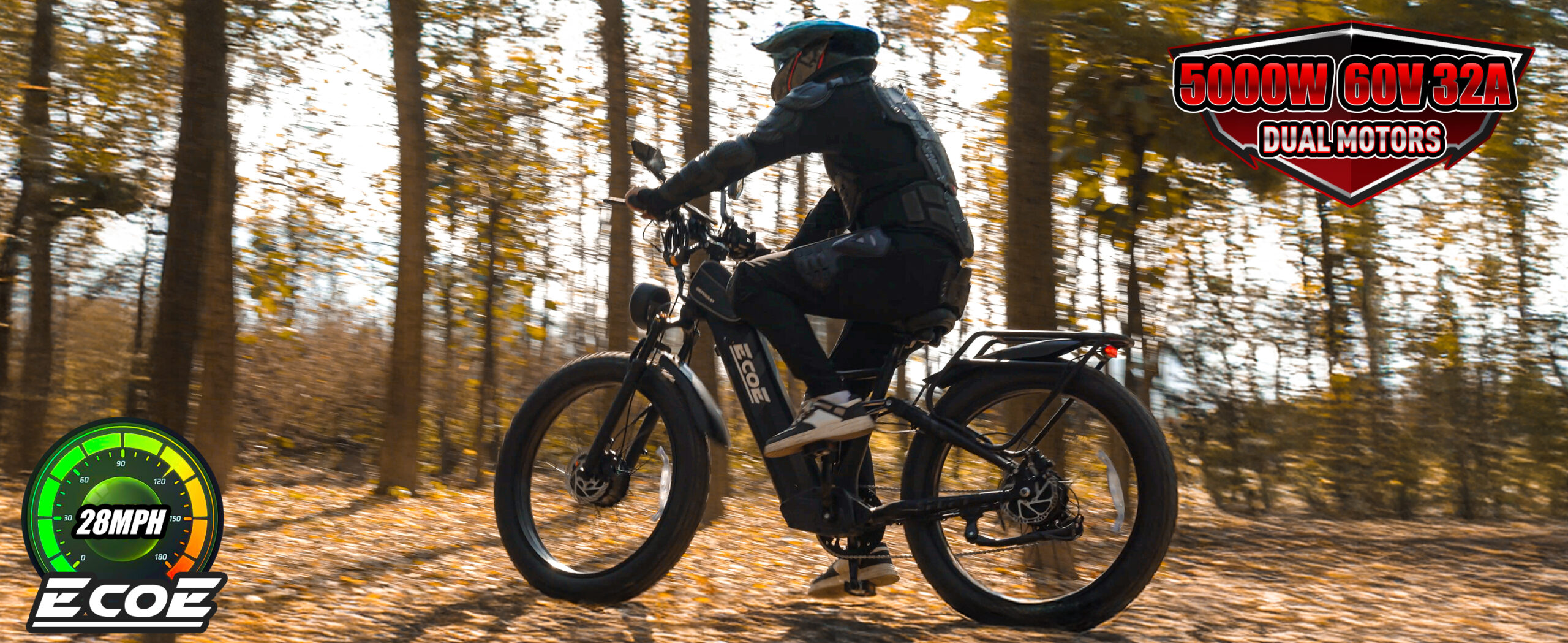
Apr 14, 2025
|
0 comments
Why Are E-Bikes Limited to 15 mph? Understanding the Speed Limits on Electric Bikes
Electric bikes have rapidly gained popularity as an efficient, eco-friendly, and convenient mode of transport. But many riders often wonder: Why are e-bikes limited to 15 mph? In this article, we dive into the reasons behind the speed limits on electric bikes, including legal regulations, safety considerations, and technical factors. We’ll also explore how these limits vary and what it means for riders. One of the primary reasons why e-bikes are often limited to speeds of 15 mph (24 km/h) is due to legal regulations. These regulations are in place to ensure the safety of riders, pedestrians, and other road users. In the United States, e-bikes are categorized into three classes based on their features and speed: The 15 mph limit generally applies to areas where e-bikes fall under Class 1 or Class 2 categories, especially in places with more stringent regulations. For example, in some areas, the legal limit may be lower to ensure that e-bikes can coexist safely with pedestrians and traditional bicycles, especially in crowded urban environments. Another reason e-bikes are limited to speeds like 15 mph is to ensure rider safety. At higher speeds, the dynamics of riding an e-bike change significantly. Braking distances become longer, and the risk of injury increases if a rider loses control. E-bikes with speeds exceeding 15 mph can pose significant challenges, especially in urban areas with dense traffic and pedestrians. Riders need more experience, skill, and attention to safely handle higher speeds. By limiting e-bike speeds to 15 mph, authorities ensure that riders are less likely to face dangerous situations while on the road. For example, Ecoe Electric Bikes offer pedal-assist models with speeds up to 20 mph, carefully designed to maintain stability and safety even at higher speeds. These e-bikes strike a balance between speed and safety, but they […]
Read more
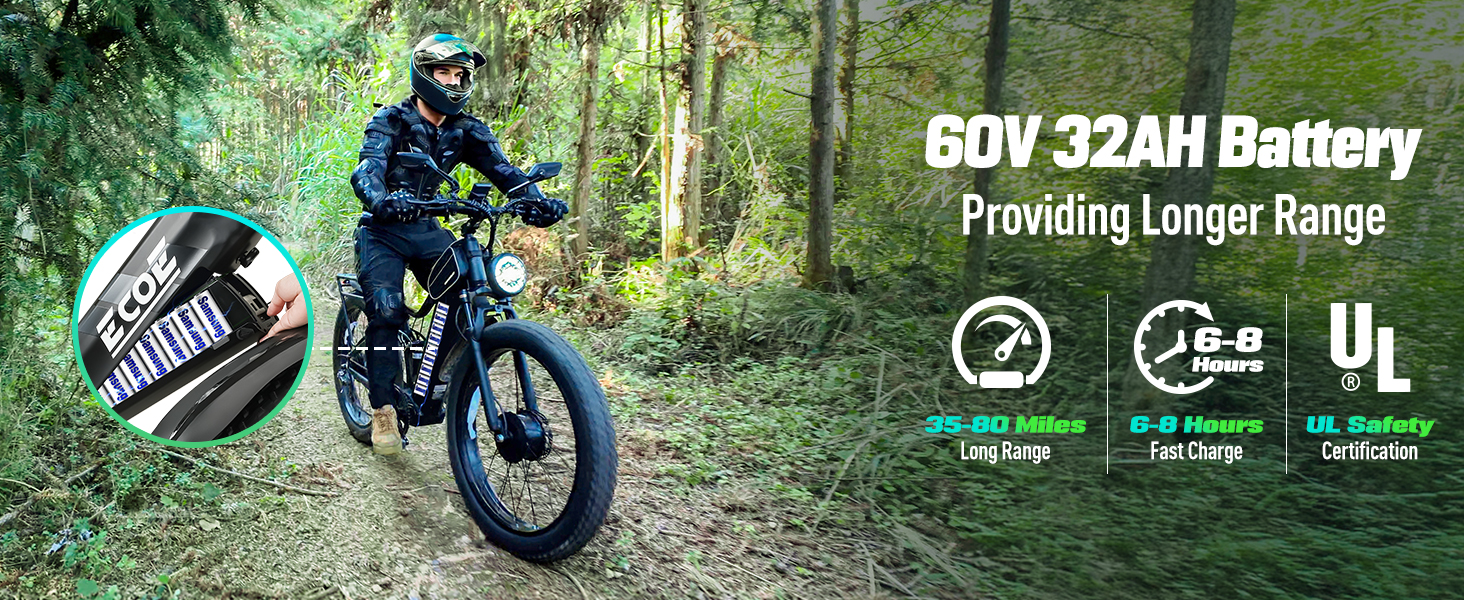
Apr 14, 2025
|
0 comments
Do Electric Bikes Have a Speed Limit? Understanding the Legal and Performance Boundaries
Electric bikes have become a popular mode of transportation, offering a faster, eco-friendly alternative to traditional cycling. But just like any vehicle, there are speed limits that govern how fast they can go. In this article, we explore the factors that affect the top speed of electric bikes, the legal speed limits in different regions, and how to ensure your e-bike complies with the rules while still delivering an exhilarating ride. One of the first things to understand about electric bikes is that, yes, they do have speed limits, especially when it comes to street use. The rules vary by country, state, and even city, so it’s essential to know the local laws before heading out. In the United States, electric bikes are generally classified into three categories, each with its own speed limit: These limits ensure that e-bikes remain safe for public use while not exceeding speeds that could cause danger to the rider or pedestrians. Of course, local laws can vary, so always check your area’s regulations before purchasing or riding an e-bike. In other parts of the world, speed limits for electric bikes are often similar but can differ based on each country’s transportation laws. While these limits are set to ensure safety, many e-bike enthusiasts wonder: What happens if you want to go faster? Can you modify your bike to exceed these limits? The short answer is yes, it is possible to modify an electric bike to increase its speed. However, doing so may violate local laws. Many e-bike owners opt for motor controller adjustments or battery upgrades to increase the power of their bikes. While these modifications can enhance performance, they often push the bike’s speed beyond legal limits. In some regions, modified bikes that exceed the legal limits could face fines or be deemed […]
Read more
